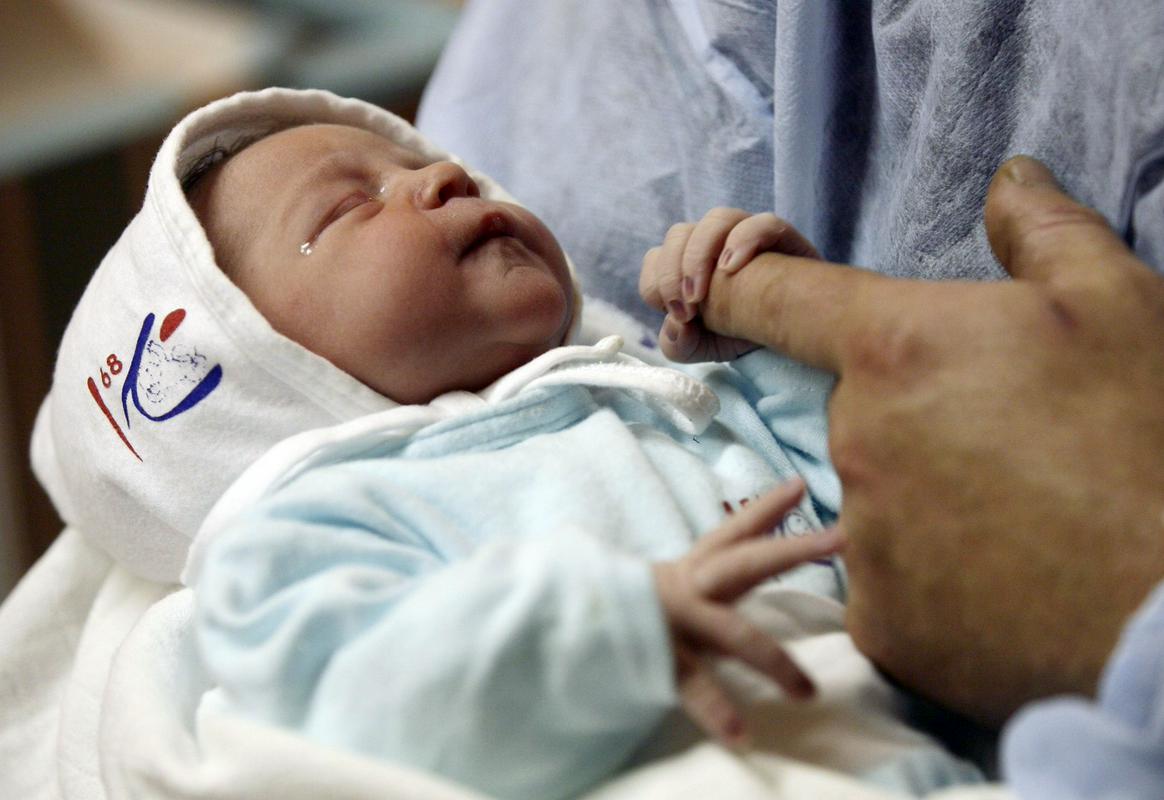
The 2015 European Perinatal Health Report shows a decrease in the infant mortality rate. At the same time, the age of mothers giving birth is rising. The share of mothers giving birth older than 35, between the years 2010 and 2015, rose by 16 percent. At the same time, pregnancy among teenagers in Europe is less and less common.
Obesity and smoking
The figures show that in 2015, 9% of the pregnant women in Slovenia smoked. One tenth of the pregnant women were so overweight, that they had a body mass index higher than 30, highlighted Ivan Verdenik, a statistician at the Gynaecology Clinic at the UKC Ljubljana. Slovenia is otherwise significantly more successful in both indexes, compared to many other European countries, but obstetrician Nataša Tul Mandić, says there is still room for improvement.
A good example for that are Sweden and Norway, which have managed to reduce the number of pregnant women who smoke. Between the years 2010 and 2015, the share of pregnant women who smoke fell from seven percent to only 3,5 percent. According to Tul Mandić, more funds should be earmarked for prevention measures and for programmes supporting pregnant women who smoke, in order to make it easier for them to stop smoking. Such programmes would most certainly lower the number of pregnant women who smoke, Tal Mandić is convinced.
Obesity an even bigger problem
Europe is especially concerned about a growing obesity epidemic - also among pregnant women, explains Verdenik. Slovenia, with its ten percent of pregnant women with a body mass index higher than 30, is still far from England, Scotland or Wales, where in 2015 one-fourth of all the pregnant women had a body mass index higher than 30. However, the share of obese pregnant women is also rising in Slovenia, warned Verdenik.
Fat is not only an aesthetic problem, but women with excess fatty tissue and a body mass index higher than 30 can also have other internal problems which can lead to complications during pregnancy, Tul Mandić explained the reasons for concern about the growing numbers of obese pregnant women. The maternal and infant death rate is higher with obese pregnant women, the mothers often give birth to overweight babies, and pregnant obese women very often give birth via a caesarean section.
High share of ceasarean sections in Slovenia
Slovenia, together with France, Norway and Finland, has one of the lowest caesarean section rates in Europe. Still, around 20 percent of all the births in Slovenia are done via a caesarean section. At the other end of the spectrum are countries like Romania, Bulgaria, Poland, Cyprus, Hungary and Romania, where 50 or even more percent of all the births are given via a caesarean section.


































































